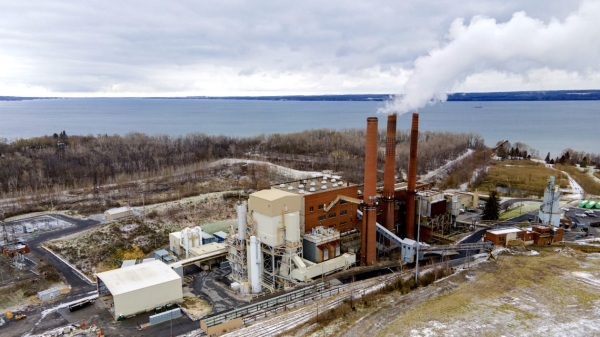The first time Jackie Sawicky learned that a Bitcoin mining operation was coming to Corsicana, a rural Texas city 60 miles south of Dallas, was on April 27, when she happened upon a Facebook video of a meeting at the local public library. The featured speaker was Chad Everett Harris, the upbeat executive vice president of Riot Blockchain, a Bitcoin mining company based in Castle Rock, Colorado. Bald and comfortably plump, Harris wore a suit jacket and open-collared shirt over blue jeans and delivered his message with the verve of a motivational speaker.
“We’re coming to Corsicana to build the largest [Bitcoin mining facility] in the world,” Harris announced, describing the four-building, 400,000 square-foot complex that will occupy 265 acres with number-crunching machines. “We turn energy into opportunity.”
Riot already operates the largest Bitcoin mine in the country in Rockdale, Texas. When someone in the audience asked Harris what drew him to Corsicana, the seat of Navarro County (pronounced “Nah-verr-o” in local parlance), he answered without hesitation. “The Navarro Switch!” he said, referring to part of the 192-mile, 345-kilovolt transmission line that moves power from West Texas to eastern parts of the state, where demand is high. “And water,” he added. “You can pay a lot to bring power somewhere. But you can’t get water.”
Read more at: Yale Environment 360
The Greenidge Generation Bitcoin mining facility, located in a former coal plant on the shore of Seneca Lake, New York. (Photo Credit: Ted Shaffrey / AP)


